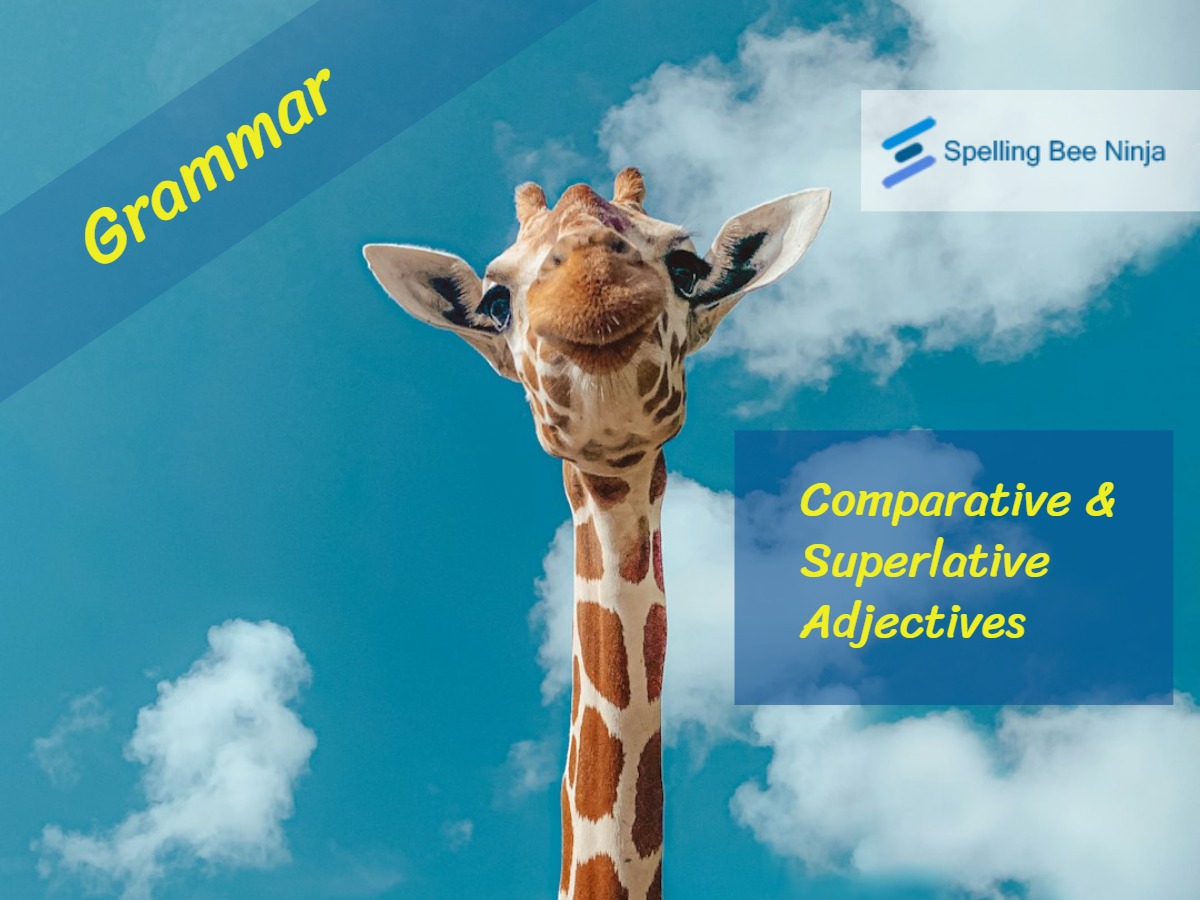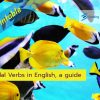Adjectives are words that describe or modify nouns. They add detail to sentences by answering questions like what kind, which one, or how many. When we want to compare two or more things, we use comparative and superlative adjectives.
Understanding how to use these forms correctly is essential for effective English communication. This article will walk you through the rules, exceptions, and usage of comparative and superlative adjectives—with examples and practical tips.
What Are Comparative Adjectives?
Comparative adjectives are used when comparing two nouns. They show how one thing differs from another in a particular quality (like size, age, or beauty).
Examples:
- This book is longer than the one I read last week.
- Maria is taller than John.
- That car is faster than mine.
How to Form Comparative Adjectives
| Adjective Type | Rule | Example |
|---|---|---|
| One-syllable | Add -er | tall → taller |
| Ends in “e” | Add -r | large → larger |
| Ends in CVC pattern | Double the last consonant, add -er | big → bigger |
| Two syllables (y) | Change y to i, add -er | happy → happier |
| Two+ syllables | Use more + adjective | beautiful → more beautiful |
Note: CVC = consonant-vowel-consonant
What Are Superlative Adjectives?
Superlative adjectives show the extreme or highest degree of a quality among three or more nouns. They indicate something is the best, worst, biggest, smallest, etc.
Examples:
- This is the longest movie I’ve ever watched.
- She is the tallest student in the class.
- It’s the most expensive restaurant in town.
How to Form Superlative Adjectives
| Adjective Type | Rule | Example |
|---|---|---|
| One-syllable | Add -est | tall → tallest |
| Ends in “e” | Add -st | large → largest |
| Ends in CVC pattern | Double the last consonant, add -est | big → biggest |
| Two syllables (y) | Change y to i, add -est | happy → happiest |
| Two+ syllables | Use most + adjective | beautiful → most beautiful |
Irregular Comparative and Superlative Forms
Some adjectives don’t follow standard rules. These are irregular adjectives and must be memorized.
| Positive | Comparative | Superlative |
|---|---|---|
| good | better | best |
| bad | worse | worst |
| far | farther/further | farthest/furthest |
| little | less | least |
| many/much | more | most |
Using “Than” and “The” in Sentences
- Use than with comparative adjectives:
He is stronger than his brother. - Use the with superlative adjectives:
She is the smartest student in class.
Common Mistakes and How to Avoid Them
- Avoid double comparatives/superlatives
Avoid: more taller, most fastest
Use: taller, fastest - Use the correct structure
Avoid: He is tallest than her.
Use: He is taller than her. - Choose the right form
- Use comparatives for two items:
This book is shorter than that one. - Use superlatives for three or more:
Of all the books, this is the shortest.
- Use comparatives for two items:
Practice Examples
Fill in the blanks:
- This road is __________ (narrow) than the highway.
- She is the __________ (intelligent) girl in the group.
- My house is __________ (big) than yours.
- That was the __________ (bad) meal I’ve had in years.
- He is __________ (good) at chess than I am.
Answers:
- narrower
- most intelligent
- bigger
- worst
- better
Click the image below for the full multiple answers test about comparative and superlative adjectives:
When to Use “More” and “Most”
Use more and most for adjectives that are:
- Long (usually two syllables or more, excluding words ending in “y”)
- Derived from Latin or Greek
- Participles (e.g., interested, boring)
Examples:
- more important → most important
- more difficult → most difficult
- more exciting → most exciting
This book is more exciting than that one.
That was the most exciting movie I’ve seen!
Helpful Tips
- When in doubt, say the sentence out loud. Does it sound natural?
- Read and listen to native speakers to see how they use comparatives/superlatives.
- Keep a list of common irregular forms to review.
Table of Common Adjectives with Comparative and Superlative Forms
| Adjective | Comparative | Superlative |
|---|---|---|
| tall | taller | tallest |
| small | smaller | smallest |
| easy | easier | easiest |
| difficult | more difficult | most difficult |
| happy | happier | happiest |
| good | better | best |
| bad | worse | worst |
| fast | faster | fastest |
| expensive | more expensive | most expensive |
| cold | colder | coldest |
Final Thoughts
Comparative and superlative adjectives are key to making comparisons and describing things more clearly in English. With practice, you’ll naturally learn when to use -er/-est and when to go with more/most. Mastering these forms helps you speak and write more precisely and confidently.
Use the rules, study irregular forms, and practice with everyday comparisons. Whether you’re describing your favorite restaurant, choosing a better product, or sharing travel experiences, these adjectives are a powerful tool in your English toolkit.
- ✈️ How to Use Articles in English
- 🐝 Mastering Adjectives: A Key to Enhancing Your Writing Skills
- 🎮 Pronoun Puzzle: A Fun Way to Practice Personal and Possessive Forms
- 🎮 Adjective Adventure: Descriptive Word Search!
- ✈️ How to use prepositions in English
- ✈️ English Adverbs – 5 Quick and Easy ways to learn.
- The definitive pronouns list
- 🐝 Understanding conjunction words and where to use them
- ✈️ Modal Verbs in English: A Comprehensive Guide
- 🐝 Prepositions list – The definitive guide
- ✈️ Active and Passive Voice
- ✈️ What vs Which: differences and examples
- 🐝 Complete transition words list
- ✈️ How to Use Punctuation in English
- ✈️ Exploring the Difference Between “Will” and “Shall” in English
- ✈️ The Difference Between Could, Should, and Ought in English
- ✈️ Common Idiomatic Expressions in English
- ✈️ 40 English Prefixes and their meanings
- ✈️ 30 Most common English suffixes and their meaning.
- 🐝 Linking Words In English And How To Learn Them Effectively
- ✈️ Comparative and Superlative Adjectives
- ✈️ The Six Noun Types (Common, Proper, Countable, Uncountable, Collective, Abstract)
- ✈️ Understanding English Clauses: A Complete Guide
- ✈️ Understanding Sentence Structure in English
- ✈️ Gerunds and Infinitives: Understanding Verb Complements in English
- ✈️ Common Pronunciation Mistakes and How to Fix Them
- ✈️ Question Formation in English
- ✈️ Common Sentence Errors: Fragments, Run-ons, and Misplaced Modifiers
- ✈️ Say What?! A Fun Guide to Direct and Indirect Speech
- ✈️ Commonly Confused Words
- 🐝 ELA vocabulary: Essential English Language Arts Terms Every Student Should Know
- ✈️ Formal vs. Informal Language
- ✈️ Mastering Phrases in English Grammar
- ✈️ Conditionals (Zero, First, Second, Third, Mixed Conditionals)
- ✈️ Emphasis and Inversion in Sentences
- ✈️ Understanding and Using the Imperative Form


